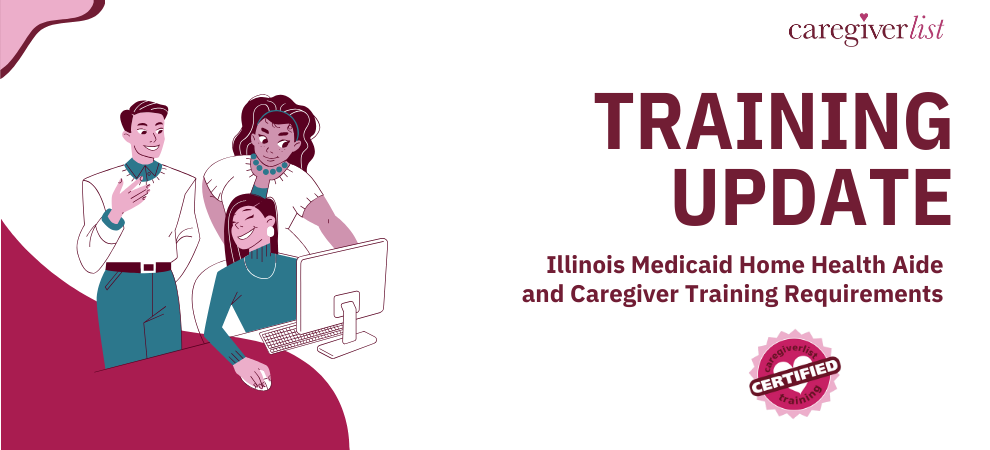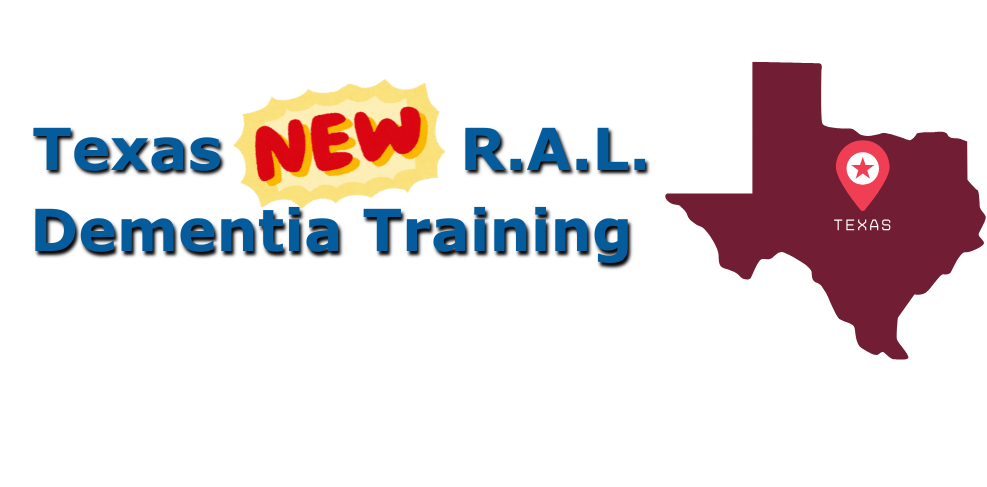The term “Assisted Living” is the most one of the most Googled senior living search trends. Although aging at home is the preference of many seniors, if there are no family caregivers available and no in-home caregivers, that solitude can be an awful thing. Those who have chosen assisted living report a high degree of satisfaction with their senior living choice.
However, Baby Boomers, those born post World War II — between 1946 and 1964, are defining a new way of aging. They are living longer and more actively so it makes sense that they would seek to establish a new kind of senior living dynamic. When living alone and aging in place is no longer a viable or preferred option, they are choosing to age in communities of their own design.
Marianne Kilkenny is one such advocate leading the charge in bringing forth a new aging community model. She created and founded Women Living in Community (WLIC) in 2007. What began as a simple website has grown into a movement. WLIC brings together individuals, families, and professionals who are changing the face of senior housing options. The vision is to move from the standard aging elder institutional settings like assisted living housing and nursing homes to communities where neighbors care for each other.
“Aging in Community is more than shared housing. It’s refocusing our outlook on aging from one that is medical and healthcare-centric to one that focuses upon community,” Ms. Kilkenny writes on her website. “Wellbeing is more than healthcare; it’s emotional care and that kind of care comes from being surrounded by people we know, love and trust, not just by nurses and planned activities.”
Ms. Kilkenny has also authored Your Quest for Home: A Guidebook to Find the Ideal Community for Your Later Years. The workbook details the options for resident-created communities that might include co-housing and “pocket communities” where residents look after each other, care about each other, and support each other.

As with all senior living options, there are challenges to the model as well. Traditional assisted living provides planned activities. Unless a resident is proactive about getting yoga instructors to come to a central community location, or hire a van or bus to take groups on cultural outings, those perks won’t be available to those seniors who are unable to get out and enjoy these experiences on their own. More importantly, what sort of medical attention is available onsite?
I also think one of the keys to the success of these communities is to make sure they are multi-generational. If everyone in the community is aging together at the same time, how good is your brother’s (or sister’s) keeper when you are both in your 90s and need the same level of attention and help with the activities of daily living? And one of my biggest beefs with institutional aging settings is the age-segregation that naturally occurs.
I’ve always liked the idea of a Golden Girls kind of living arrangement where I wind up co-housing and cracking wise with a group of girlfriends (women generally outlive their male spouses.) Of course, these alternate retirement communities are not just for the ladies. NBC Nightly News filmed a shared housing model in Asheville, NC. featuring four women and one “Golden Guy”.
What do you think of this alternative to existing assisted living and nursing home models? Do you think this might just be the future of an aging society? What do you think would make this interesting atypical retirement community work even better?







